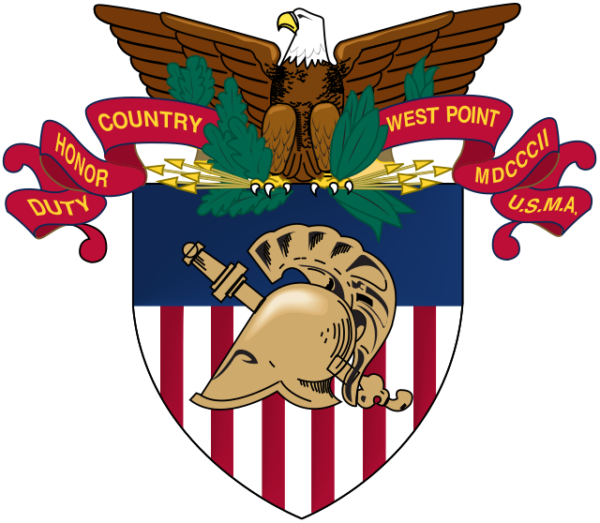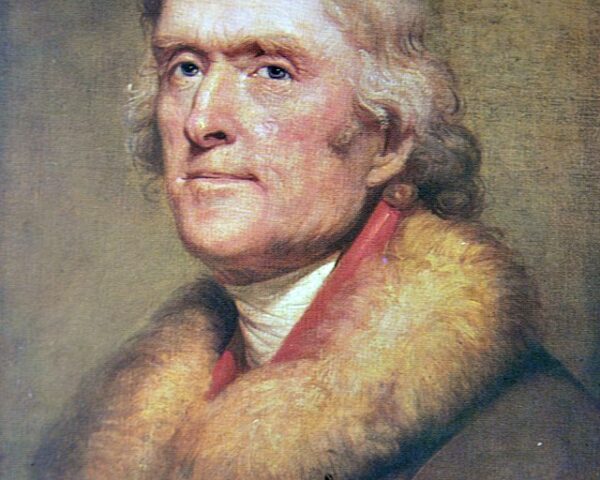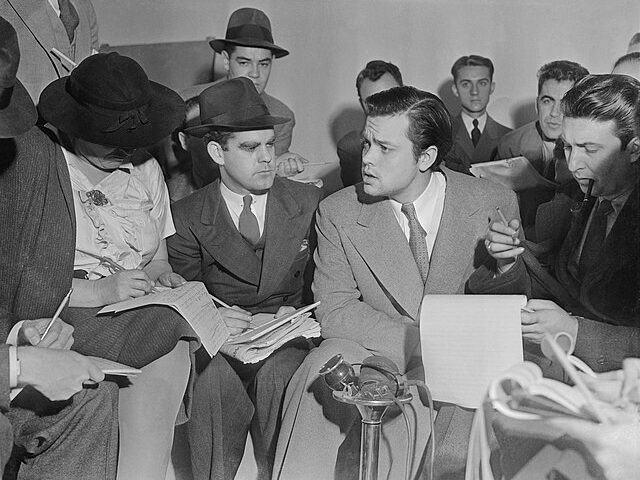On July 4, 1802, amidst the backdrop of a new and aspiring nation, West Point, the esteemed United States Military Academy, officially opened its doors. The event marked a significant milestone in American history. Established under President Thomas Jefferson’s vision, West Point’s inception was rooted in recognition of the need for a specialized institution to train future military leaders and equip American officers with the knowledge needed to defend the young nation.
The strategic location of the Academy along the Hudson River in New York, fortified by its commanding views, reflected the nation’s commitment to defense and the pursuit of its independence. With a curriculum designed to cultivate discipline, intellect, and moral character, West Point’s opening on that fateful Independence Day represented a steadfast dedication to molding the next generation of military officers, united by their profound sense of duty to protect and serve their country.
The academy notes that “West Point had a major role in our nation’s history during the American Revolution. Both the American patriots and the British realized the strategic importance of the prominent plateau on the west bank of the Hudson River. General George Washington considered West Point to be the most important strategic location in America and in 1778 selected Taddeus Kosciuszko, a Polish engineer, to design the fortifications for West Point. Washington later transferred his headquarters near West Point in 1779. American Continental Line soldiers constructed forts, gun batteries, redoubts and installed a 65-ton iron chain across the Hudson to block British invasions along the river. Fortress West Point was never captured by the British, despite Major General Benedict Arnold’s treasonous attempt to turn-over the garrison to the British in 1780. Today, West Point is the oldest continuously occupied regular army post in the United States.
In the 1790s several distinguished Americans, including President Washington and most of his cabinet, desired to establish an institution devoted to the art and science of warfare to train and develop officers for the Army. However, the proposal met opposition, especially from Secretary of State Thomas Jefferson, who objected to the concept based on his opposition to professional armies and the officer class so prominent in Europe. Later, as president, Jefferson realized the importance of defending the new republic against possible invasion. Additionally, the nation’s expansion west with new territory would require an armed force for protection and defense. President Jefferson signed legislation that established the United States Military Academy on March 16, 1802. The Academy fell under the auspices of the US Army Corps of Engineers and all the superintendents through 1866 were engineer officers.”
Beginning in 1817, the Academy reorganized under the leadership of superintendent Sylvanus Thayer, often called the “Father of West Point.” Thayer “improved academic standards, instilled military discipline, and emphasized honorable conduct and officership. Aware of our young nation’s need for engineers, Thayer made civil and military engineering the foundation of the curriculum and the top few in each class became engineers. The Academy was the first engineering school in the United States. Other officers served in the infantry, cavalry (dragoons), artillery and other branches in the tough frontier Army.”
The academy’s leadership really took off after its graduates gained experience and national recognition during the Mexican and Indian wars and West Point graduates dominated the highest ranks on both sides during the Civil War. Out of the sixty major battles fought during the Civil War, fifty-five saw West Point graduates in command on both sides.
The Class of 1915, which included Dwight David Eisenhower and Omar Bradley, has been called “one of the most famous of all West Point classes. Known as “The Class the Stars Fell On”, 59 out of 164 graduates rose to the rank of brigadier general or higher, three to the rank of full general and two to the rank of general of the army.
“In World War I, Academy graduates again distinguished themselves on the battlefield. After the first World War, in recognition of the intense physical demands of modern warfare, Superintendent Douglas MacArthur pushed for major changes in the physical fitness and intramural athletic programs. Additionally, the cadet management of the Honor System, long an unofficial tradition, was formalized with the creation of the Cadet Honor Committee. Eisenhower, MacArthur, Bradley, Arnold, Clark, Patton, Stilwell and Wainwright were among an impressive array of Academy graduates who met the challenge of leadership in the Second World War.”
“In 1975,” the Academy explains, “Congress passed legislation allowing women to enroll at the federal service academies. The following summer, 119 women arrived at West Point for Cadet Basic Training as part of the Class of 1980. Four years later, 62 women graduated, with Andrea Hollen, a Rhodes Scholar, as the first woman graduate academically.
Over the years, the Corps of Cadets has become more diverse, with women and minority cadets attending in record numbers. Additionally, the campus has evolved immensely since 1900 with major buildings booms from 1910-13 and again from 1964-68 with the construction or renovation of new barracks and academic halls. More recent infrastructure additions include a new library (Jefferson Hall) in 2008 and Davis Barracks in 2017, honoring Air Force General Benjamin O. Davis Jr. (Class of 1936), commander of the Tuskegee Airmen during World War II. In 2025, a new Cyber Engineering Academic Center will be completed, modernizing USMA’s engineering, technology, and cyber education capabilities.
Academy graduates have excelled in academia, business, science, and government, as well as the military. Seventy-seven have received the Medal of Honor; two (Grant and Eisenhower) were presidents of the United States, and many are senior Army leaders today.”






